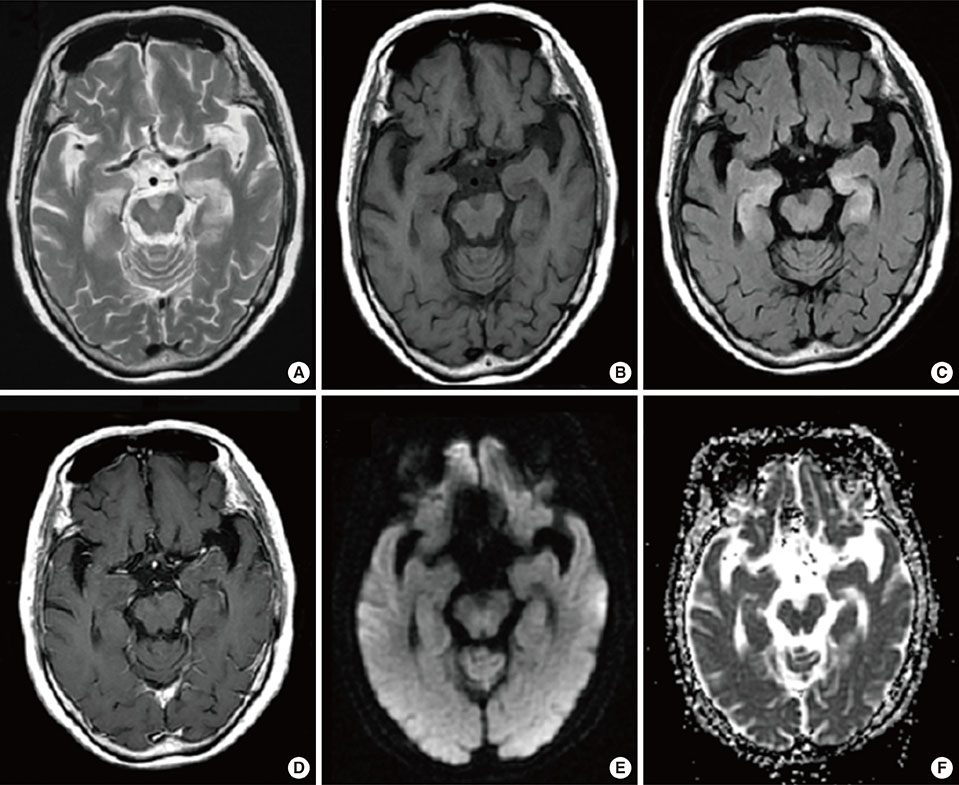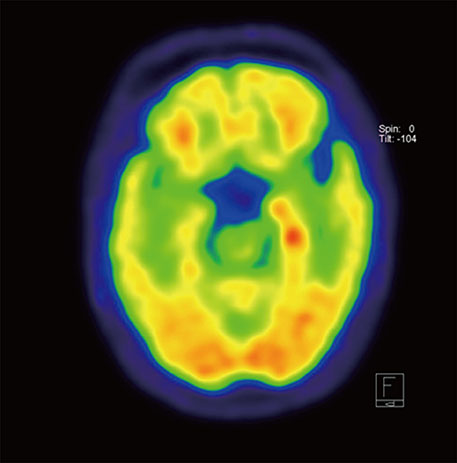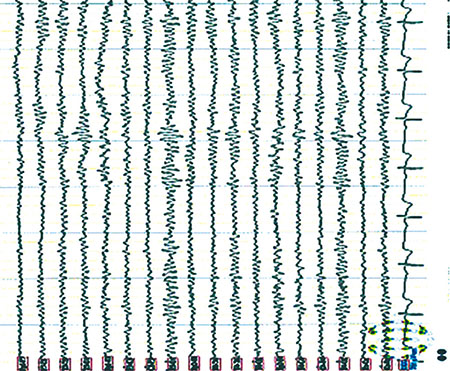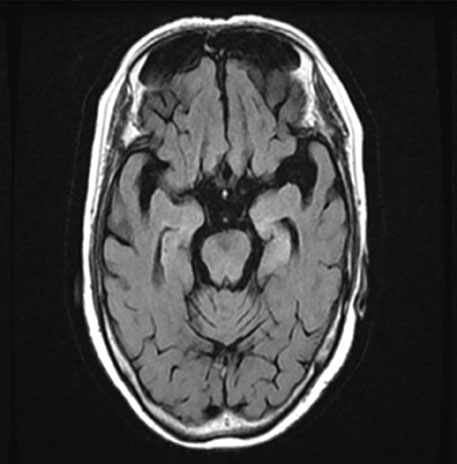Dement Neurocogn Disord.
2014 Sep;13(3):79-82. 10.12779/dnd.2014.13.3.79.
Non-paraneoplastic Autoantibody-negative Limbic Encephalitis Characterized by Mild Memory Impairment: A Case Report
- Affiliations
-
- 1Department of Neurology, VHS Medical Center, Seoul, Korea. astro76@naver.com
- KMID: 1727689
- DOI: http://doi.org/10.12779/dnd.2014.13.3.79
Abstract
- Encephalitis that primarily involves limbic system structures such as the hippocampus and parahippocampal gyrus has been described in early papers, most commonly characterized by a subacute progressive impairment of short-term memory, psychiatric features and seizures. While these findings might be caused by viral infections or systemic autoimmune disorders, many patients with limbic encephalitis have an immune-mediated etiology (paraneoplastic or not) characterized with serum or CSF antineuronal antibodies. This case reports about non-paraneoplastic autoantibody-negative limbic encephalitis in which there are no detection of antigens and no evidence of tumors.
MeSH Terms
Figure
Reference
-
1. Brierley JB, Corsellis JAN, Hierons R, Nevin S. Subacute encephalitis of alter adult life, mainly affecting the limbic areas. Brain. 1960; 83:357–368.
Article2. Kondziella D. Case report on non-paraneoplastic autoantibody-negative limbic encephalitis. http://www.neuropenews.org/?p=65.3. Won Y, Kim JY, Park HJ. A case of voltage gated potassium channel antibodies-associated nonparaneoplastic limbic encephalitis. J Korean Neurol Assoc. 2006; 24:148–152.4. Vincent A, Bien CG, Irani SR, Waters P. Autoantibodies associated with diseases of the CNS: new developments and future challenges. Lancet Neurol. 2011; 10:759–772.
Article5. Kim MH, Oh SH, Shin DK. Limbic encephalitis caused by human herpesvirus-6 infection in allogenic hematopoietic stem cell transplantation patient. J Korean Neurol Assoc. 2010; 28:132–134.6. Cho TY, Kim YJ, Lee BI. A case of limbic encephalitis associated with small cell lung? cancer-about diagnostic MRI Findings. J Korean Neurol Assoc. 1994; 12:338–342.7. Cho HJ, Jo JW, Park KP. A case of paraneoplastic limbic encephalitis associated with immature ovarian teratoma. J Korean Neurol Assoc. 2003; 21:647–650.8. Han SH, Chi HS. A case of paraneoplastic limbic encephalitis presenting anti-purkinje cell antibody. J Korean Neurol Assoc. 2005; 23:724–726.9. Gultekin SH, Rosenfeld MR, Voltz R, Eichen J, Posner JB, Dalmau J. Paraneoplastic limbic encephalitis: neurological symptoms, immunologic findings and tumor association in 50 patients. Brain. 2000; 123:1481–1494.
Article10. Kim KK. Paraneoplastic syndrome. J Korean Neurol Assoc. 2002; 20:215–222.11. Lancaster E, Martinez-Hernandez E, Dalmau J. Encephalitis and antibodies to synaptic and neuronal cell surface proteins. Neurology. 2011; 77:179–189.
Article12. TUZUN Erdem. Limbic Encephalitis Associated with Antibodies to Cell Membrane Antigens. Arch Neuropsychiatry. 2007; 44:101–107.
- Full Text Links
- Actions
-
Cited
- CITED
-
- Close
- Share
- Similar articles
-
- A Case of Limbic Encephalitis Associated with Small Cell Lung Cancer: About Diagnostic MRI Findings
- Anti-LGI1 Antibody Limbic Encephalitis Presented with Amnestic Mild Cognitive Impairment
- A Case of Paraneoplastic Limbic Encephalitis Associated with Primary Adenocarcinoma of Lung
- Anti-Ma2-Associated Encephalitis with Axonal Sensorimotor Polyneuropathy
- Steroid Responsive Recurrent Limbic Encephalitis Associated With LGI1 Antibodies





